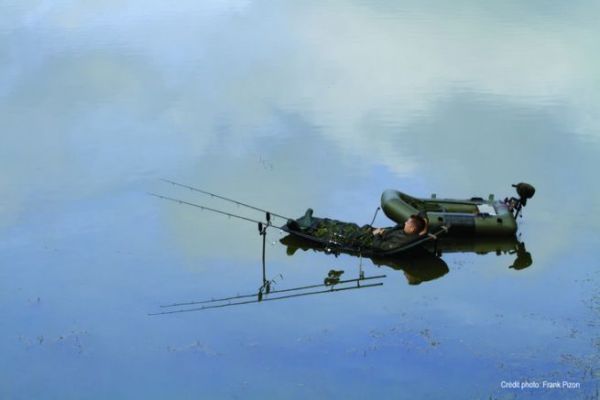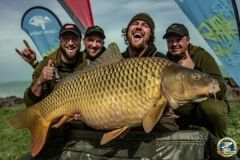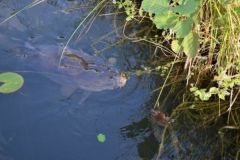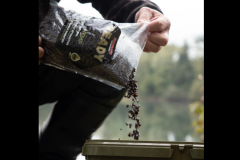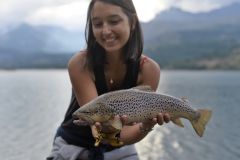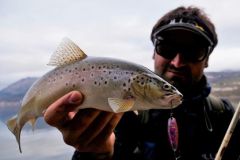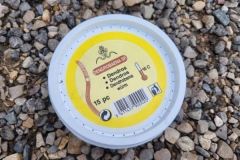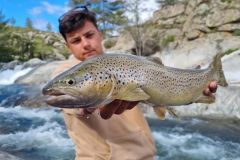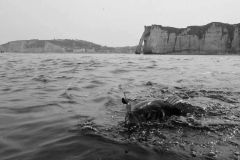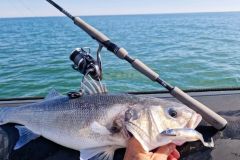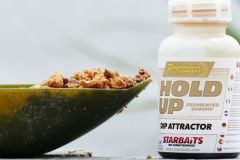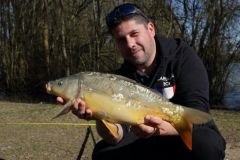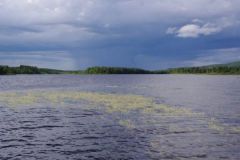Trust your instincts
I use several approaches to approach these forgotten places. They are all related to the places I visit. The pleasure and excitement of discovering an almost unexploited and mysterious place quickly gives way to the search for the right approach. For these places, you can't rely on information gathered here and there, as the area is virtually deserted. You have to rely on your instincts and experience to choose the right spot and implement the right strategy to get the most out of your fishing. The latter will certainly teach you something, but so will observation.
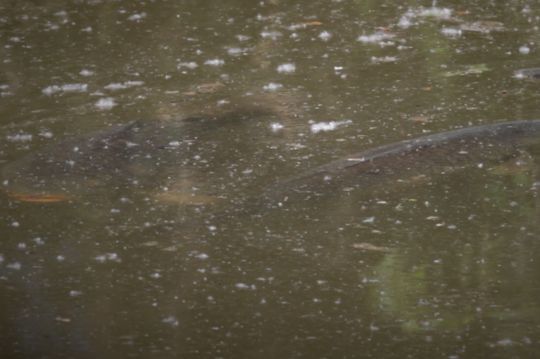
The importance of observation
Don't forget it. Even though this may seem a trite remark, all too often I find that observation is neglected. As far as I'm concerned, it takes up a lot of my time and is the foundation of my approach (especially when it has provided me with some precious information...). It's accompanied by prospecting to get a better idea of the topography of the fishing grounds.
The boat advantage
As I said earlier, forgotten places are often inaccessible and hostile. Shore fishing is often little practiced, if not impossible (often the case for me). In the face of diverse and varied vegetation, the ultimate weapon is the boat. For me, it's a real asset when it comes to implementing my strategy. It allows me to access any area that would otherwise be inaccessible from the shore. It's basically my third eye, my third arm and above all my third leg for getting as close as possible to the fish. I always use a small 2m70 inflatable to set up all my gear, and another 1m80 to prospect, fight and bait.
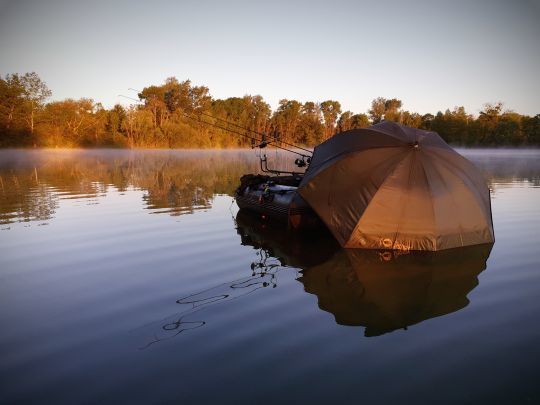
Staying mobile
This way, I'm able to move at the slightest need. I always approach fishing in this way, or at least for the first contacts. In this way, I fish so-called natural spots such as obstacles, stones, edges... And for a while, I bait an area that I think might be interesting, without fishing it at first. This area may be far from the natural spots, since mobility is not a problem with the boat. After a few days, if the results aren't there, I'll moor up close to the baited area to try my luck. On the baiting side, for so-called natural spots, I often take the gamble of stimulating passing or present fish.
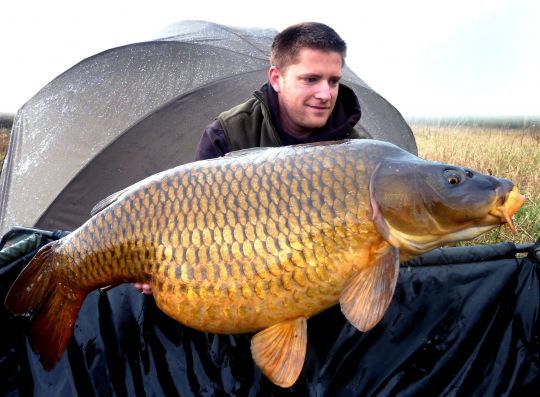
Simple small quantities of bait surround the trapped bait. On the other hand, for the area baited over a few days, I like to set the table to accustom the fish to feeding. The aim is to give them confidence. Quality baits (Starbaits performance concept, probiotic...) are a must in this case so as not to distract the fish from the baiting. One to two kg of food per day seems to me to be a good compromise to realize the possible potential. The quantity can then be adjusted according to the results and other phenomena observed, such as the presence of undesirables...
On the technical side, I start out with all kinds of set-ups, so as to try out as many as possible and come up with different presentations. As far as possible, I try to prevent myself from having preconceived ideas that often stem from other places. Here again, after a few touches (if all goes well), a more limited choice will be made.
Sometimes from the shore, but rarely without a boat!
Whenever possible, I fish from the shore on the move. In other words, a touch of lightness is required to be able to take such an approach and, above all, to ensure that fishing doesn't turn into a real nightmare. In any case, you can't count on having a lot of space in these hostile places.
Armed with my Starbaits Freeway 7.5 or 10-foot rods, stowed in my Cam Concept Freeway Carry Bag and a lightweight shelter like my FR1, I'm fully equipped to blend in with nature. As far as I'm concerned, this approach is designed for fishing of up to 24 hours. It's worth noting that my 1m80 boat is often out on the water. Too heavy or cumbersome, you may say. No! With the right organization, I can climb in with all my gear.
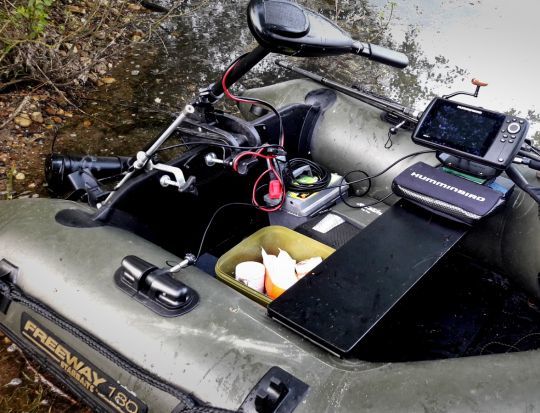
Caution and discretion
But be careful, and do so only if the location is suitable and weather conditions are not too bad. Don't forget your lifejacket or flotation jacket.
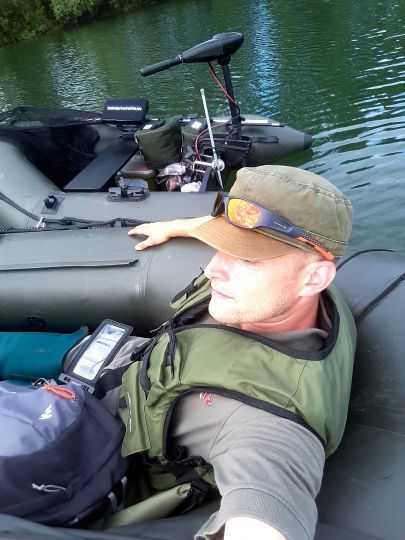
Some are rather discreet. Generally speaking, I don't use more than two rods in the places I visit. Once again, this is for the sake of speed and mobility. Once I'm on the spot and have done a minimum of sounding and prospecting, I don't use the boat, except in cases of force majeure (blocked fish, etc.). In this way, I favor short-distance, edge-of-the-sea spots.
You have to be as discreet as possible to avoid scaring off any fish present. As this style of fishing doesn't exceed 24 hours, I love to fish one spot at night and another during the day. Baiting is often done beforehand. The baited area is always the one I'm going to fish last (day or night area). The aim is to give the fish confidence. If this is not possible, I play the stimulation card. For day fishing, it's not unusual for me to try surface fishing, which provides unparalleled sensations.
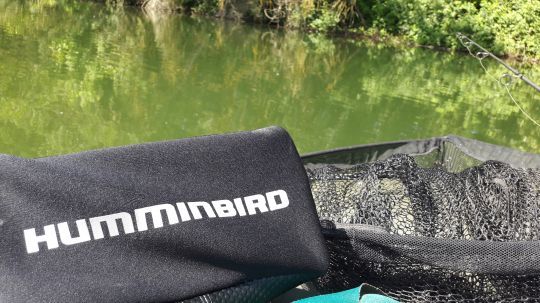
Respect for fish and nature
These forgotten places are perfect playgrounds for this type of fishing.
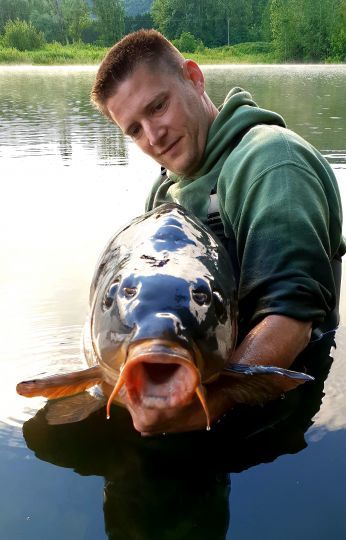
The pure pleasure is to be in tune with yourself according to your expectations, your desires... No need to lie to ourselves. There's a saying that goes: "The most important thing is to be what nature makes you, because you're always too much what people want you to be". So make the most of this passion we share, and above all, live it as you wish. No approach is more honourable or gratifying than another. The most important thing is respect for fish and nature... And the pleasure that your type of fishing brings you.
I only hope that these few lines have given you the desire to fish in places where a sense of virginity still reigns and where new (or old, for that matter) approaches need to be taken. Restore grandeur to these forgotten places. Let the nostalgia of the past give way to action!

